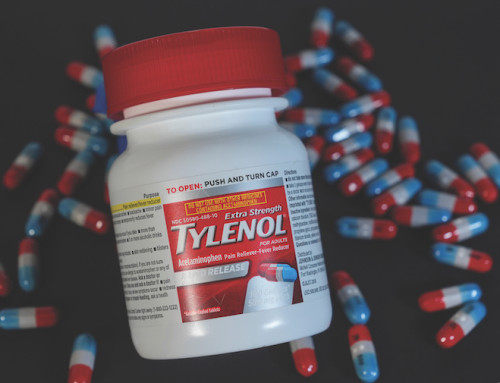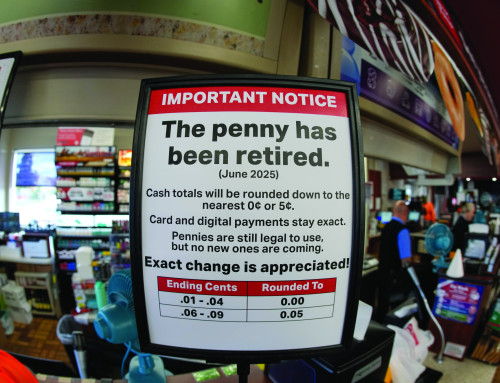WASHINGTON (AP) — President Donald Trump has warned that the United States will be rendered “defenseless’’ and possibly “reduced to almost Third World status” if the Supreme Court strikes down the tariffs he imposed this year on many countries.
The justices sounded skeptical during oral arguments last week of his sweeping claims of authority to impose tariffs as he sees fit.
Trump, however, would still have plenty of options to keep taxing imports even if the court rules against him. He can re-use tariff powers he deployed in his first term and can reach for others, including one that dates back to the Great Depression.
“It’s hard to see any pathway here where tariffs end,” said Georgetown trade law professor Kathleen Claussen. “I am pretty convinced he could rebuild the tariff landscape he has now using other authorities.”
At last week’s hearing, in fact, lawyer Neal Katyal, representing small businesses suing to get the tariffs struck down, argued that Trump didn’t need the boundless authority he’s claimed to impose tariffs under 1977 International Emergency Economic Powers Act (IEEPA). That is because Congress delegated tariff power to the White House in several other statutes — though it carefully limited the ways the president could use the authority.
“Congress knows exactly how to delegate its tariff powers,” Katyal said.
Tariffs have become a cornerstone of Trump’s foreign policy in his second term, with double-digit “reciprocal” tariffs imposed on most countries, which he has justified by declaring America’s longstanding trade deficits a national emergency.
The average American tariff has gone from 2.5 percent when Trump returned to the White House in January to 17.9 percent, the highest since 1934, according to calculations by Yale University’s Budget Lab. The president acted alone even though the U.S. Constitution gives the power to tax — and impose tariffs — to Congress.
Still, Trump “will have other tools that can cause pain,’’ said Stratos Pahis of Brooklyn Law School.
The United States has long had a handy cudgel to wallop countries it accuses of engaging in “unjustifiable,” “unreasonable” or “discriminatory” trade practices. That is Section 301 of the Trade Act of 1974.
Trump has made use of it himself — especially against China. In his first term, he cited Section 301 to impose sweeping tariffs on Chinese imports in a dispute over the sharp-elbowed tactics that Beijing was using to challenge America’s technological dominance.
The U.S. is also using 301 powers to counter what it calls unfair Chinese practices in the shipbuilding industry.
“You’ve had Section 301 tariffs in place against China for years,” said Ryan Majerus, a partner at King & Spalding and a trade official in Trump’s first administration and in Biden’s.
There are no limits on the size of Section 301 tariffs. They expire after four years but can be extended.
The administration’s trade representative must conduct an investigation and typically hold a public hearing before imposing 301 tariffs.
John Veroneau, general counsel for the U.S. trade representative in the George W. Bush administration, said Section 301 is useful in taking on China, but it has drawbacks when it comes to dealing with the smaller countries that Trump has hit with reciprocal tariffs.
“Undertaking dozens and dozens of 301 investigations of all of those countries is a laborious process,” Veroneau said.
In striking down Trump’s reciprocal tariffs in May, the U.S. Court of International Trade ruled that he couldn’t use emergency powers to combat trade deficits.








